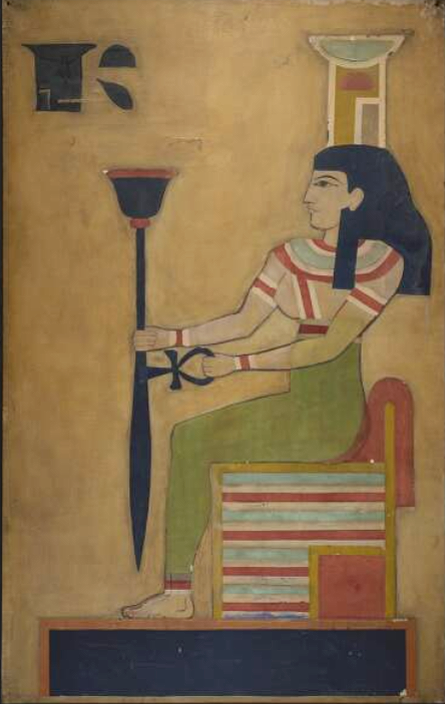Holythorn Road Trip 1 - Cashel
- Sally North
- Mar 28, 2022
- 2 min read
Updated: Mar 7, 2023

Cashel of the Kings is a prominent rocky hill in Co. Tipperary and a treasury of medieval architecture and sculpture. The Rock of Cashel is ancient site with a round tower and a medieval cathedral at the top. But its origins date back much further. It was the seat of the Munster kings up to the 12th century when Muirchertach Ua Briain (Murtagh O’Brien) donated it to the church, and it became the centre of the See of Cashel, the ecclesiastical centre of the southern half of Ireland. Looted and damaged by the English Parliamentarians in 1657 under (ironically) Murrough O’Brien, Lord Inchiquin, a descendent of the original donor, the site was further vandalized by an Anglican Bishop in 1749, who removed the roof.
Cashel is a regnal site, it was where the kings of Munster were created by assembly and acclamation, and despite the supposed conversion of King Aenghus by Patrick himself on top of the Rock, the church only received the site as a gift in the twelfth century, some 700 years later. Until then it was the place where the kings of Munster were acclaimed as such by the population and their rule legitimised. According to the old texts, the king/candidate, stood on a flat stone called the Lia (or Leac) Cathraige, (which like other similar stones would reject an unworthy candidate) and be acclaimed by druids, warriors and the people. The king would also light a ritual fire under a yew tree at the summit of the site. The stone itself is no longer apparent but according to recent scholarship, it may be underneath the remains of the Cross of St. Patrick, and so hidden from view.
In our forthcoming book A History of Irish Magic we will be examining the rituals and objects associated with the pagan kings of Ireland. Contrary to the widely-held view that the Christianisation of Ireland was relatively fast and widespread, the creation of kings, even ostensibly Christian ones, took place in a mainly pagan context and those ceremonies of king-creation continued into the early modern period.






























Comments